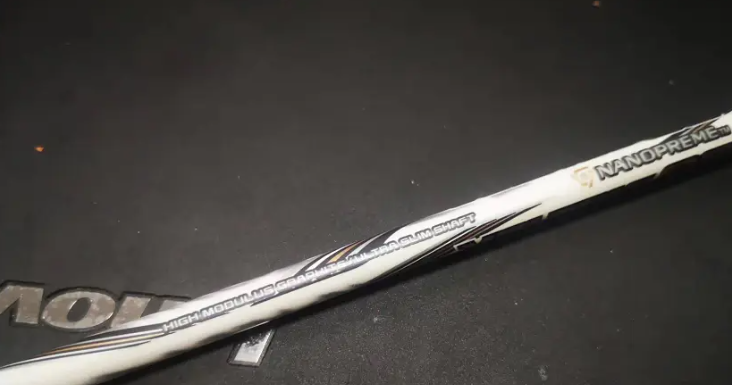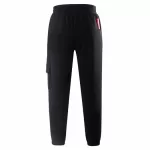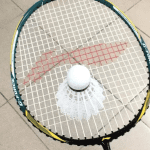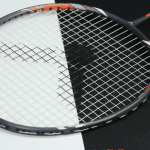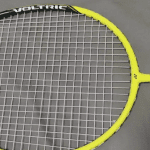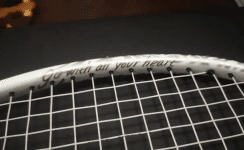
Badminton Racket YONEX VT80PG Reviews
This is a pure white VT, which at first glance looks a bit like the VT70E. If the previous basic version of the VT80 is represented by Jorgensen, then this white face represents the legendary Danish golden boy Pietergaard.
All content of the hunting direction is strongly subjective, the trial feeling has a multi-dimensional impression factor, and the text is for reference only.
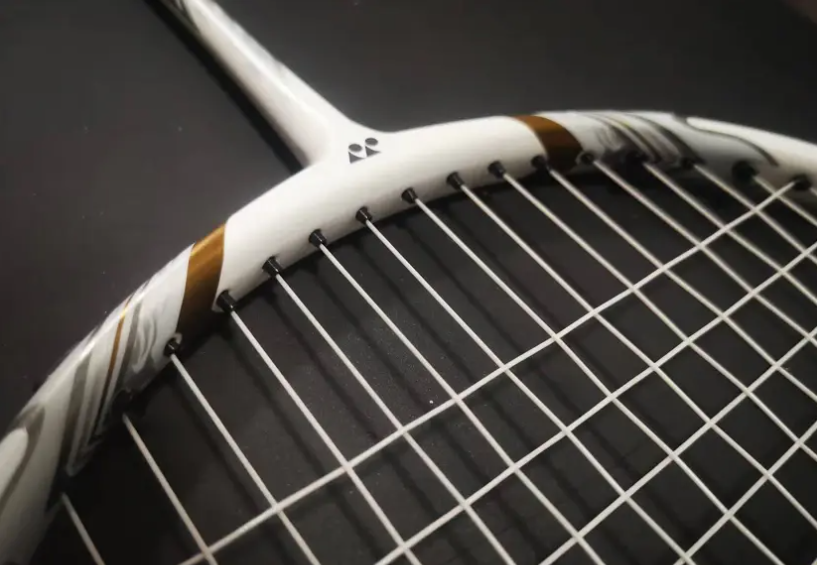
Parameters: 4UG5, total weight of 81.1g and balance point 335mm without bottom or hand tape line, center shaft 210mm, hard tuning, box frame, 9-3 point wire, 76-hole wire bed, 26 lbs. warranty, 26-28lbs XB63 draw string.
It’s hard for me to imagine a violent offensive racket with such a bookish paint job, but it’s understandable if it’s associated with Gator’s own style of play. A larger area of white primer is exposed, with fewer decals than the original, and a striped pattern in black and gold that’s simple and gorgeous. The more white space also fully confirms the design concept of less is more, but as a signature shoot inevitably have more contact with the player, in addition to Gade’s signature, another inside the frame there is “go with all your heart” message, which feels like the elders in the red packet to their own! This feels like an elder leaving a message on a red envelope for himself.
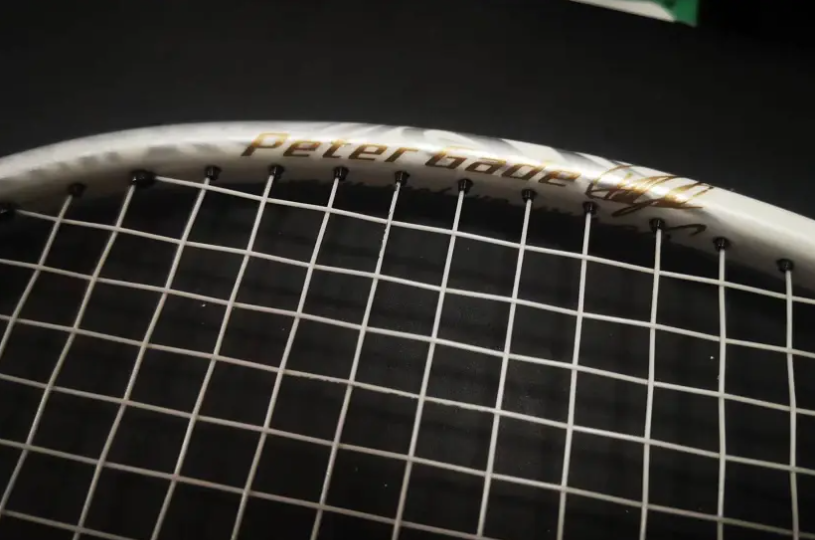
In terms of the weight to be used, the PG’s weight goes to the other extreme from the VT80’s, with the difference between the two versions coming to 5g after retaining the two significant digits, just about the weight of a U. The two cable beds are the same size, with no hand rubber or cushioning membrane. The two line beds are the same size, also not equipped with hand rubber and cushioning membrane, in the case of no other accessories to change the situation has such a big difference, it should be PG for the original VT80 user feedback after the adjustment of the results, just can not help but let me wonder whether these two rackets are still in the range of the specifications of the 4U, this suspicion of the nature of the direct reference to the YY is not worth to be verified by the ability of the quality control. The lighter weight does bring a different feel to the handling though. There is still a full head weight on the PG, but the swing feels a lot more comfortable and a little less strenuous. Even if it doesn’t make a big difference in swing speed, the reduced swing weight is still beneficial in terms of saving energy in the match.
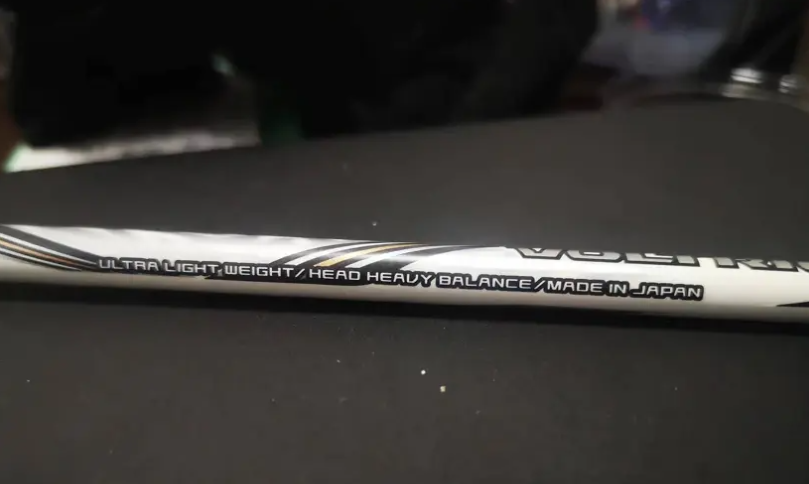
Is a 3U a better driver or a 4U a better driver for a racket with the same stiff center bar tuning? This seems to be a bit of a silly question, but it has been around the brain of the author during the process of hands-on adaptation to the PG. From the performance of the high ball, VT80PG feel and VT80 there is a certain difference, in the same good borrowed power under the premise of the former hit feedback to come a little more naked, so that I have a signature version of the tuning of the illusion of more hard. The concept of not being able to swing and not being able to hit are two different concepts, for some rackets that can’t be swung, it’s natural to choose a version with a lower swing weight that is more conducive to the user’s performance, but for some rackets that can’t be hit, it may be simpler to use a higher swing weight to generate a mid-range deformation to get a sense of drive. This unproven idea would remind me of Cabbage’s racket selection logic.
And this subtle change would seem to the author to be comfortable to tune when he is physically fit, but would be particularly bad after a drop in fitness.
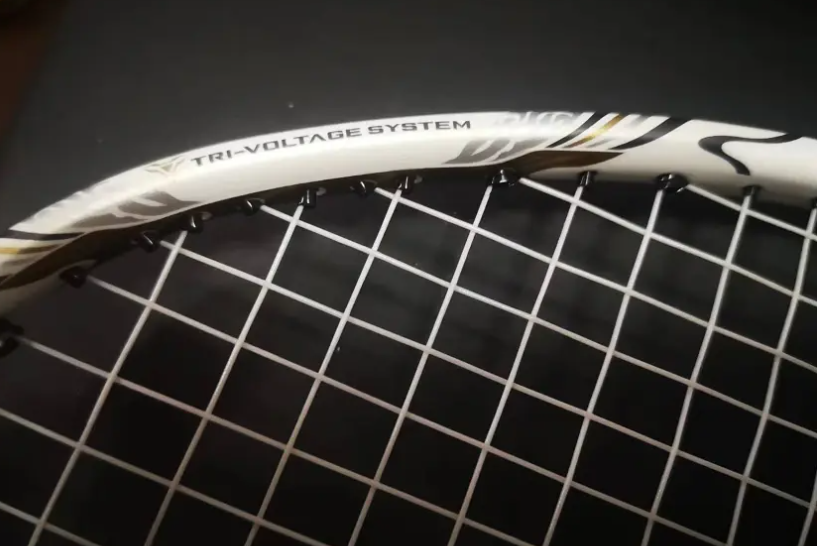
When one has better form, the PG seems to have a more direct outlet with a reduced feel of holding the ball, bringing a more crisp experience on the return. Also with the high balance setup, the ball comes out with a punch, and the box frame provides a solid feel for the ball. If there is a difference in feel between the 80PG and the VT80 on offense, it is clear that the 80PG is a more grip-friendly racket. Due to the reduced swingweight, it is slightly more forgiving on rushed shots, and although it has less of an effect on swing speed, it still shows in the difference in the frequency of active misses during the trial. Secondly, the PG’s consistency is also improved, especially in the consistency of killing the net, sometimes with the VT80 after a shot of power downward pressure to the net to follow up has missed the best hitting point, the strong low point to make up for the often pushed out of bounds or pounced off the net, while the PG’s performance will be relatively as expected. Because of this, with the original VT80 I tend to use more concentrated power on the first kill to seal the deal, while the PG makes me want to hit the drop shot unconsciously.
The 80PG is also much more responsive to flat draw blocks, although it’s still not a racket that is suited for fast-paced, direct confrontations in the front half of the court.
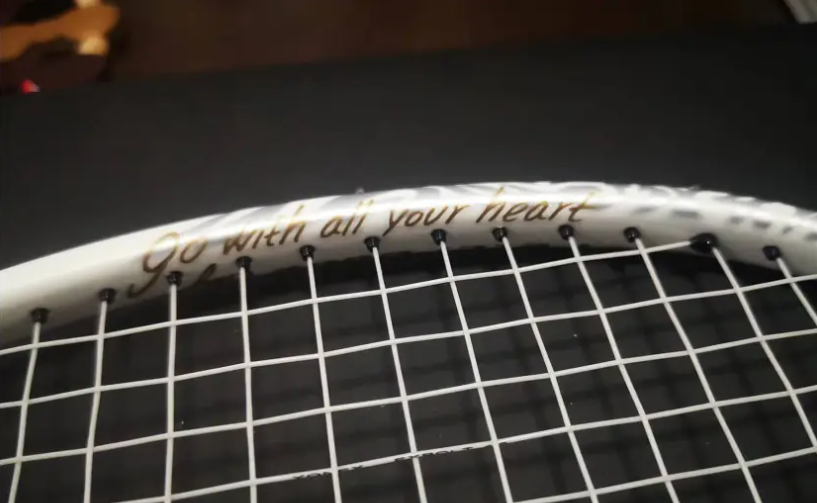
However, when his own form declined, PG’s decline in the defensive end will be more obvious. In the process of receiving kills, the PG’s sense of strength and stability of the ball is not as good as the VT80’s. The most notable manifestation of this is that, for the ball that can be received by the underhand backhand, it is often due to the lack of strength in the top of the head to get rid of the ball in place, resulting in a continuous passive. At this point, the head-heavy attacking racket is again the naive side of the racket is manifested. In doubles, it is basically useless to play against an opponent who is prepared to chase or kill in the direction of the armpit. But the passive handling of the overhead and backhand is pretty much the same in either version, which reminds me that I need to always improve my skills.
The changes produced by the re-tuned VT80PG don’t make this racket easy to handle, and I’m actually more convinced that it’s a manufacturer’s tweak based on the player’s own preferences, and that the racket itself has good collector’s value. After all, it’s been so many years since production ceased, and Gade himself has been out of the game for so long, I’m afraid that not too many people will be interested in savoring the differences between the two basalt swords, except for the sentimental players.
